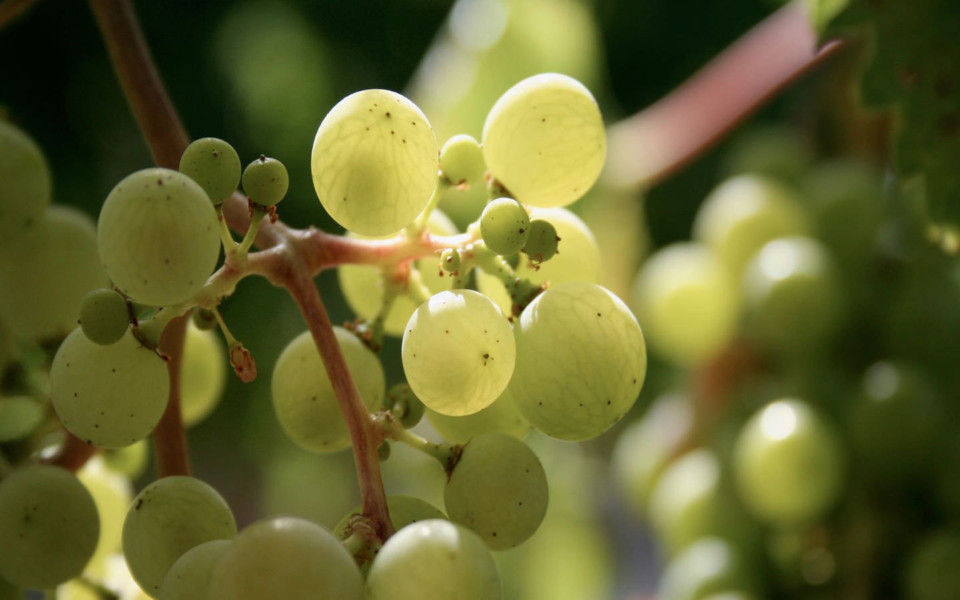Editing Out Pesticides
This summer, more than a million tons of chardonnay grapes are plumping on manicured vineyards around the world. The grapes make one of the most popular white wines, but their juicy fruit and luscious leaves are also targets for diseases such as downy mildew, a stubborn fungus-like parasite. If left unchecked, downy mildew coats grapes in white fuzz and strips the plant’s leaves, which means any surviving fruit won’t produce enough sugar to make good wine. Downy mildew is found practically anywhere wine grapes are grown, from California to Australia, New Zealand, and South Africa.
And New Jersey. The state isn’t widely known for wine; still, it’s seen a surge of wineries over the past few decades, partly because it’s close to key East Coast markets and because it mirrors the soil and, to a degree, the climate of France’s famed Bordeaux regions. One key difference is New Jersey’s hot and humid summers—ideal for downy mildew…
“I remember a conversation with George Church in January of 2013, where we both looked at each other and said: This is going to be huge,” says Jennifer Doudna, a biochemist at the University of California, Berkeley and one of the scientists who made some of the most publicized CRISPR discoveries, along with Emmanuelle Charpentier of the Max Planck Institute for Infection Biology and two other teams led by Church, a geneticist at Harvard Medical School, and Feng Zhang, a bioengineer at the Broad Institute of Harvard and MIT. The potential, she adds, includes “the good, possibly the bad, the public interest, the hype, the hope” and all of the other uses of the technology “that could positively impact mankind.”
“I think that has really been borne out in what is going on right now,” Doudna says. “And with respect to agriculture, I think we’re just at the tip of the iceberg, frankly.”


